Last week, a group I’m a member of toured one of the many coffee plantations in the mountains surrounding Boquete. The one we visited was the Don Pepe Estate Coffee farm, which was established in 1898 and now includes the fourth generation of the founding family. This farm produces several varieties of coffee, including the expensive Geisha variety that is very popular in Asia.

The office and gift shop.
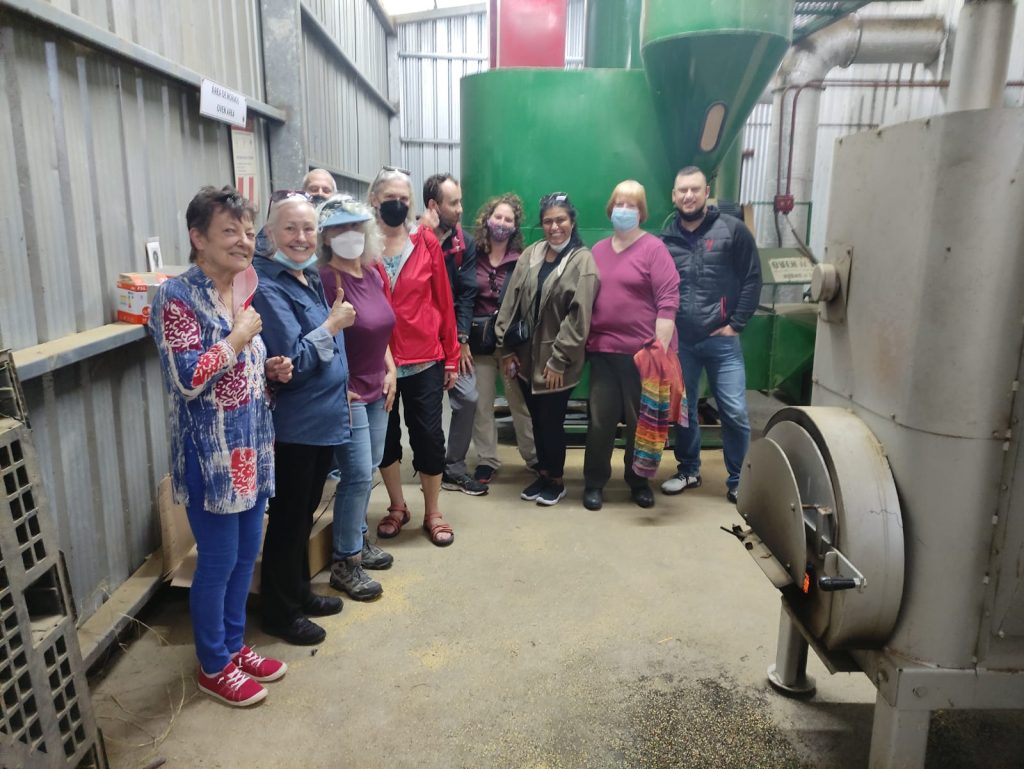
Our tour group.
I had no idea the process was so involved, and so hands-on! First, the plants take about seven years to start producing the coffee cherries (the fruit that contains the coffee beans), so much patience is required to even get started in the coffee business. However, the plants live about 75 years, so once they’re established, they have a long productive life.
Our tour guide (a member of the third generation of owners) picked some coffee cherries for us and showed us what the raw product looks like. There are two beans (which are actually seeds) inside each cherry.
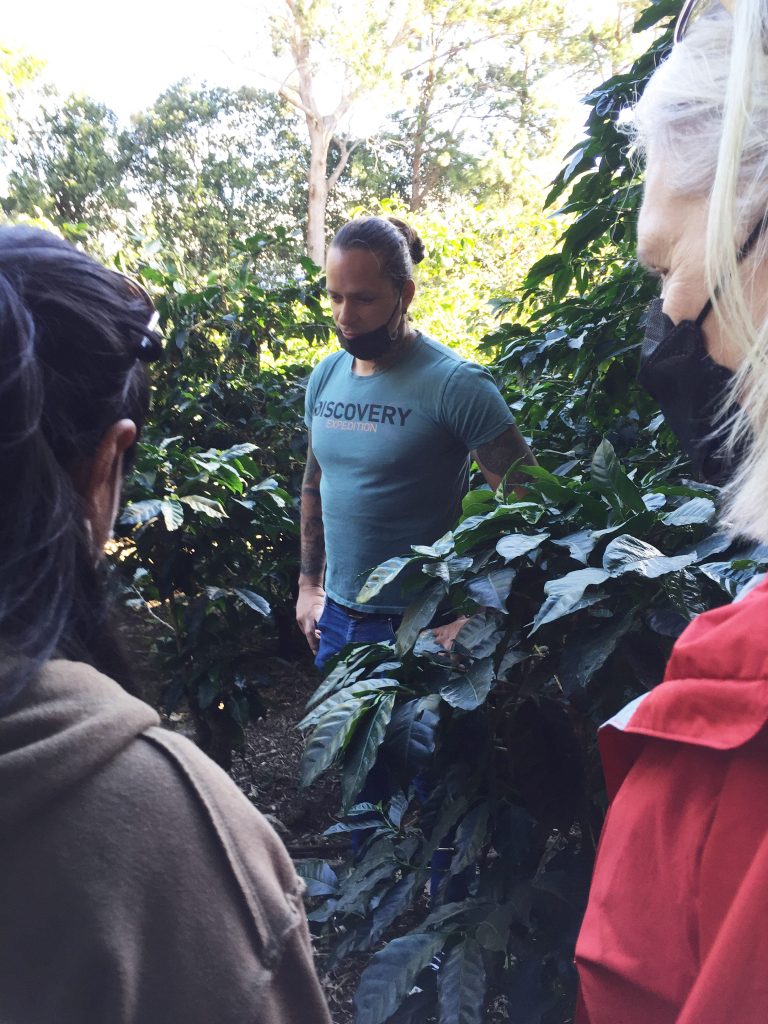
Our tour guide among the coffee plants.

Ripe cherries ready for harvesting (photo from their website).
Every cherry is picked by hand at just the right stage of ripeness, and our guide explained to us that they have to be careful not to damage the short stem that they grow on, because it will take two years for the plant to grow another stem and flower in that location if it is broken during harvesting.
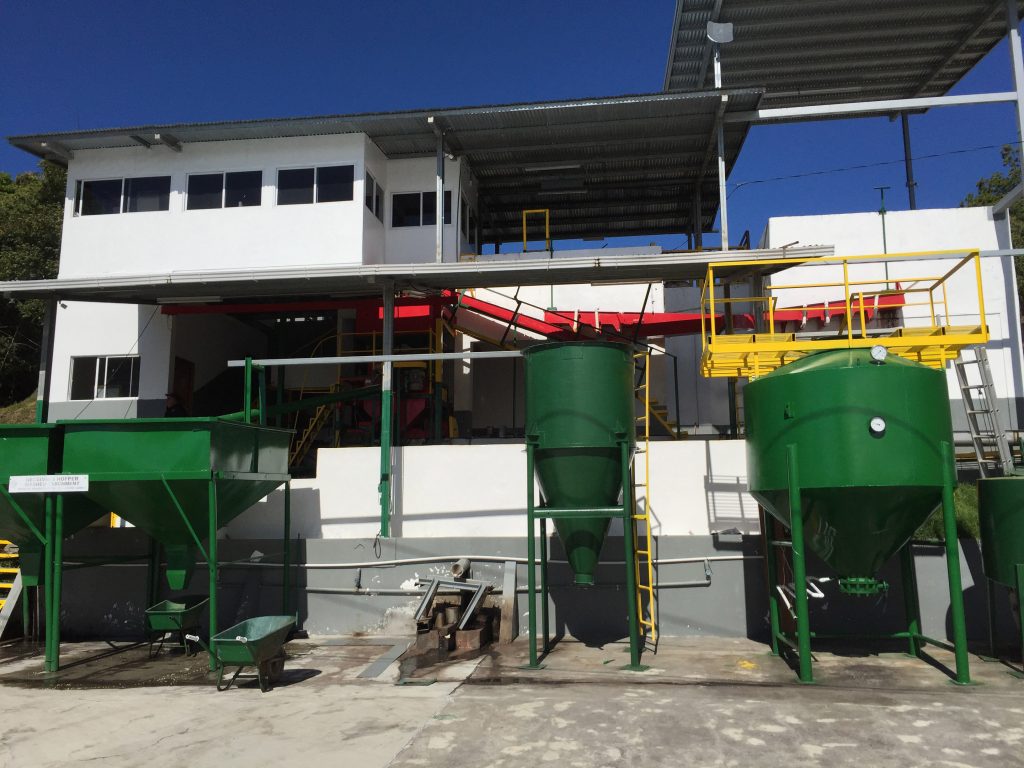
Some of the processing equipment.
After the beans are extracted from the fruit pulp, they are dried in long racks in the open air. These racks are shielded from the wind in the dry season by the green mesh covering shown in the photo, and from the rain by the white tarps seen in the background in the rainy season.
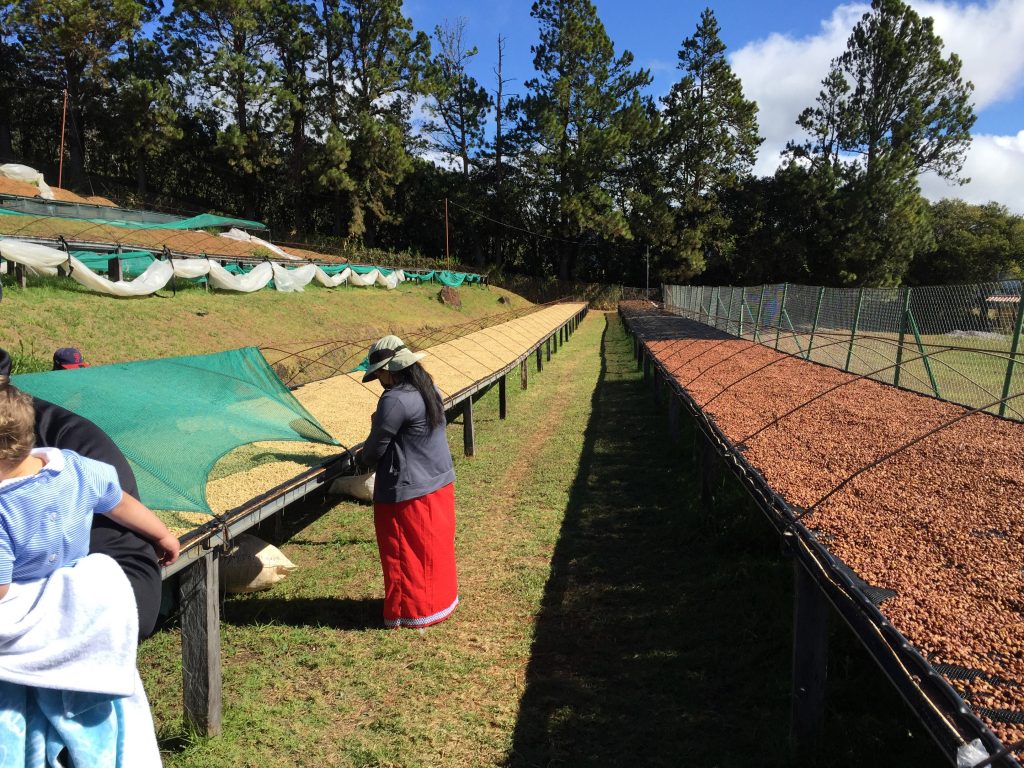
Coffee drying racks. There are six of these long racks – that’s a LOT of coffee!
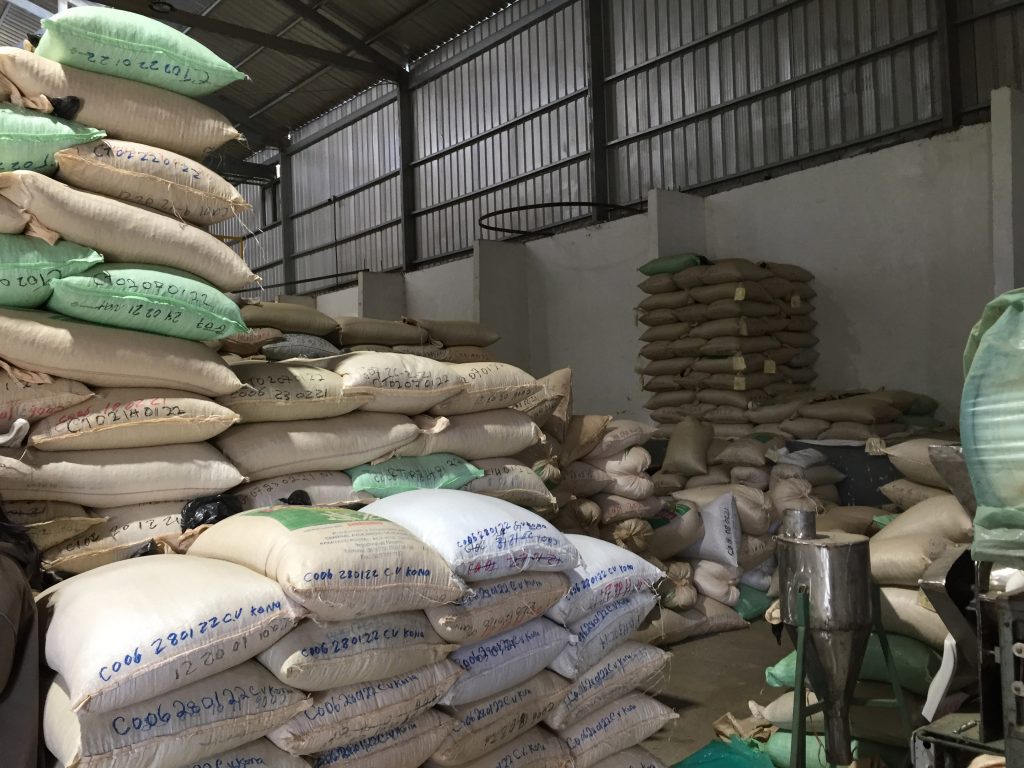
After the beans are dried, they are aged for several months in the storage area before being packaged for sale.
After the tour, our group went to the office for a coffee tasting, where we sampled five varieties of the coffee produced on the farm. Some of the varieties had more or less caffeine, and the Geisha coffee tasted a bit like tea, but with an extra kick – I think it had one of the higher concentrations of caffeine. It wasn’t appealing to me, but since it’s kind of like tea, I can see why it’s so popular in Japan and other Asian countries. We also sampled some tea that is made from the cherry pulp. It was very good – I bought some to take home, along with a package of two of the coffee varieties.
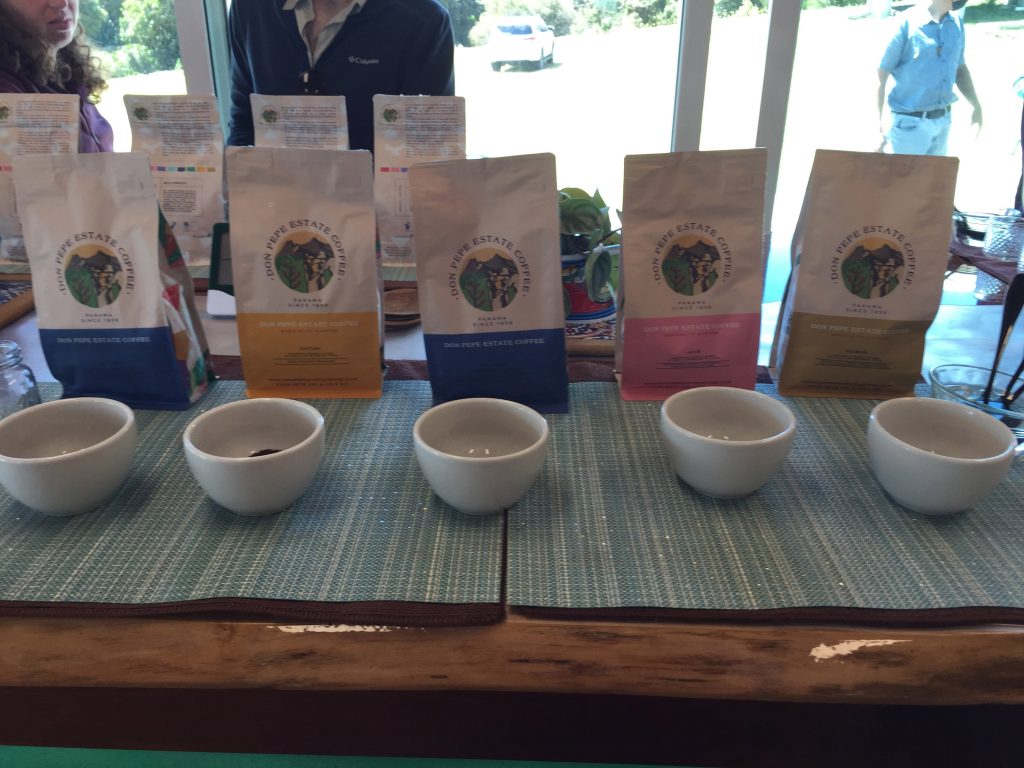
The coffee tasting table.
Boquete is a true center of “coffee culture” in Panama, and a significant percentage of the local economy. I learned a lot while on the tour, and gained a new appreciation of the amount of human labor and complicated production methods culminating in pouring a morning cup of coffee.
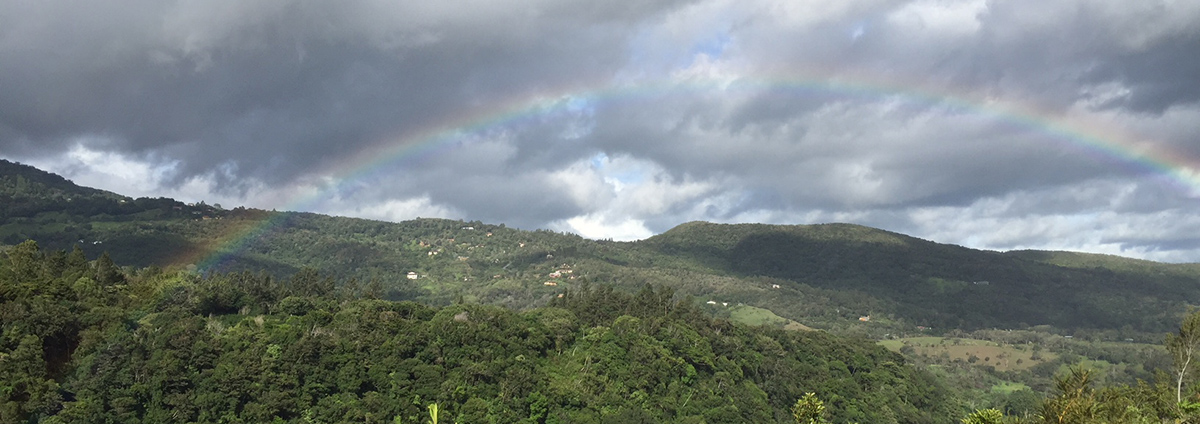
I.m going to appreciate coffee more now that I know how much work goes into it.
Thanks for sharing your tour with us. It was very edifying, great to learn the process for what we take for granted each morning.
Although, I knew the basics of coffee production, the photos are a treat! Thanks.